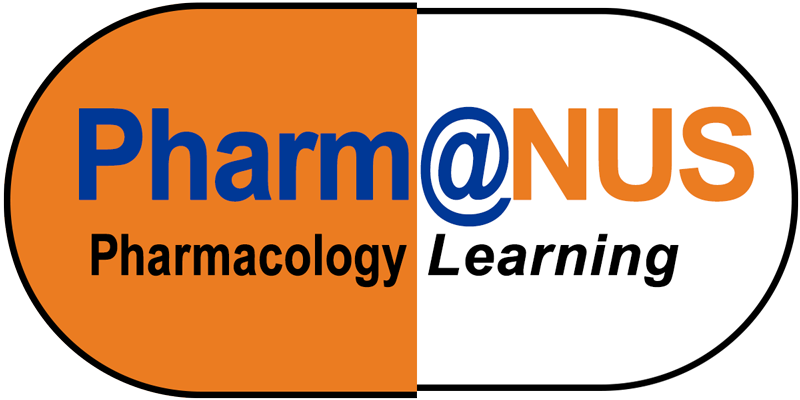Why is indometacin a drug of choice for closing the ductus arteriosus post-partum? As the ductus arteriosus is kept open by PGE2, may I know why other NSAIDs or paracetamol are not as ideal for this purpose?
The ductus arteriosus allows blood to bypass the lungs in utero but should close after birth. Cyclo-oxygenase-2 (COX-2) mediated production of prostaglandin E2 (PGE2) is important in keeping the ductus arteriosus open in utero. Non-steroidal anti-inflammatory drugs (NSAIDs) inhibit COX-2 when administered at analgesic and anti-inflammatory doses. Therefore, the risk of premature closure of the ductus arteriosus is one reason for the contraindication of NSAIDs in the third trimester of pregnancy.
Patent ductus arteriosus (PDA) occurs when the ductus arteriosus fails to close after birth. NSAIDs can help to close the PDA. Older NSAIDs are typically used because there is a longer history of use and so better knowledge of the risks in infants. Either indometacin, also known as indomethacin (USAN), or ibuprofen is usually used. Paracetamol has also been used as it is has been considered safer in young children. It is not as effectively or widely used, but that it works at all shows that paracetamol can in certain situations inhibit COX-2 in vivo outside of the CNS. Newer NSAIDs are typically not preferred as clinical trials rarely include newborn infants, and so their safety in infants is poorly understood.

Leave a Reply